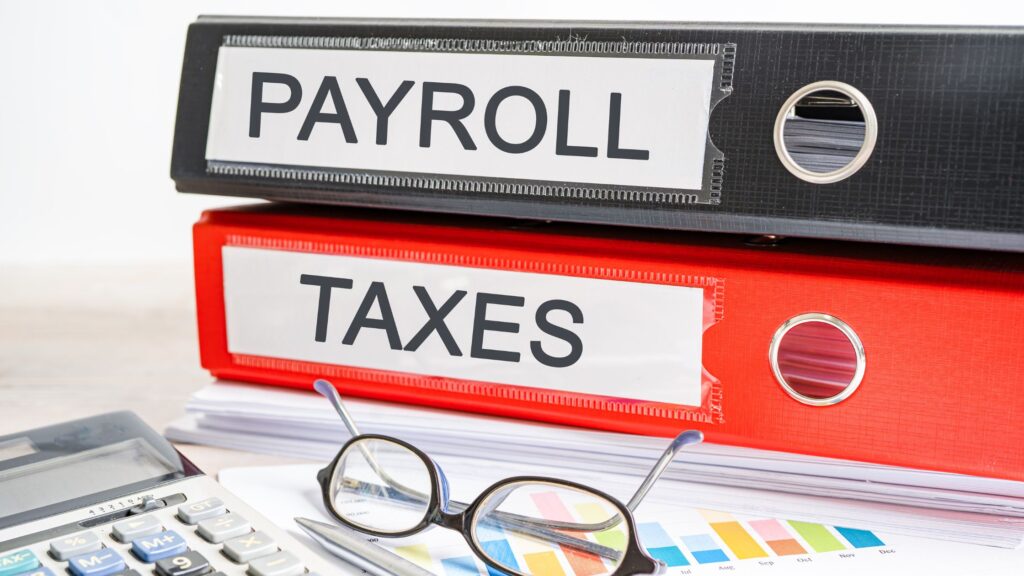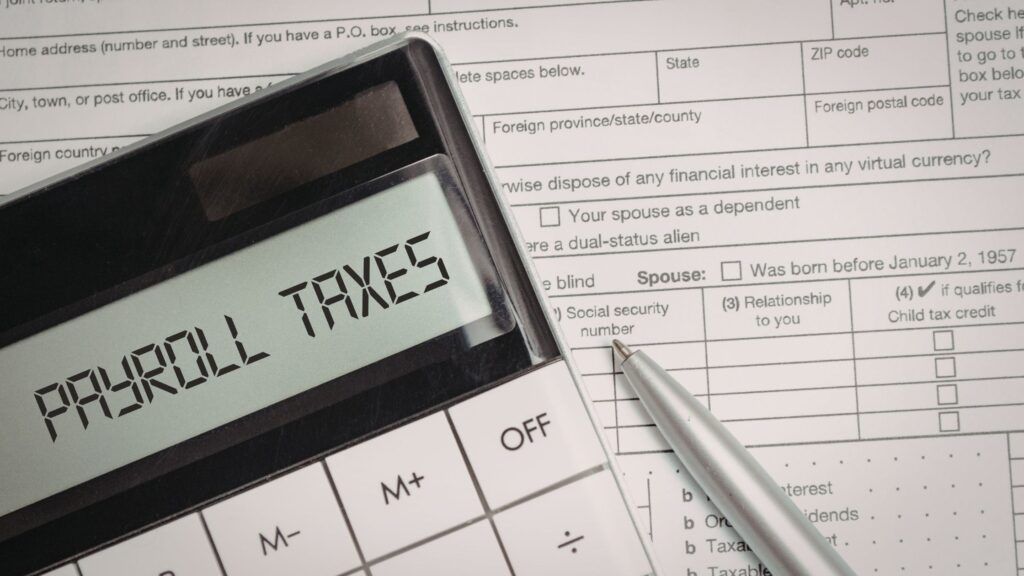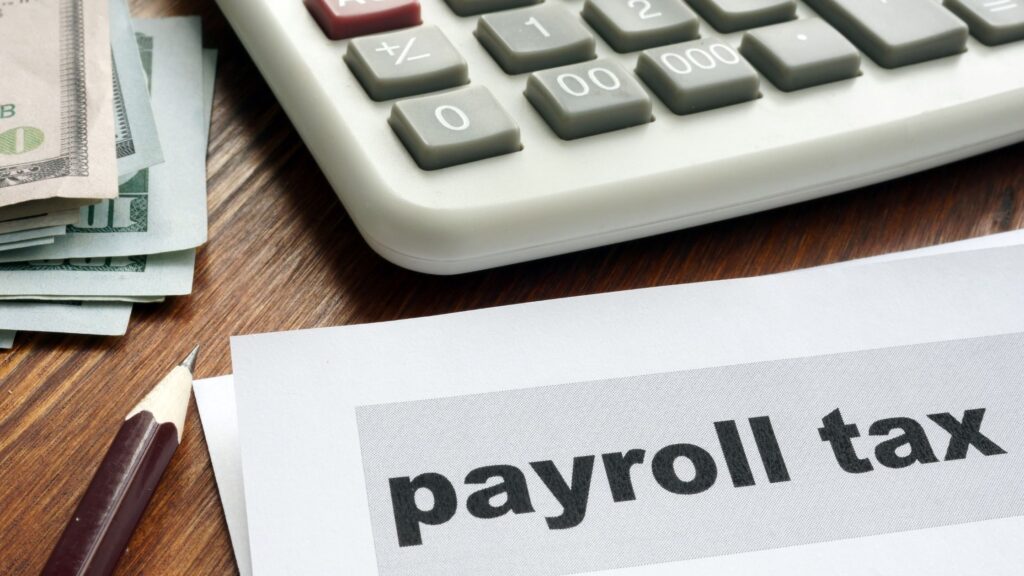Remote and hybrid teams help your company grow, but every new state adds fresh payroll rules, tax rates, and filing deadlines. Without a clear process, small mistakes turn into penalties, cashflow surprises, and worried employees. Smarter cross-state payroll tax reconciliation turns that chaos into control by matching wages, withholdings, and filings for every state on a regular schedule. As a result, you keep your books accurate, your team confident, and your growth plans on solid ground.

Table of Contents
ToggleWhat Is Cross-State Payroll Tax Reconciliation?
Cross-state payroll tax reconciliation means you compare payroll records, tax deposits, and filed returns for every state where employees earn wages.
- Gross wages and taxable wages match your registers and reports.
- Withholding for state income tax and local taxes matches the totals you sent to each agency.
- Employer taxes like state unemployment align with what you calculated and paid.
- Year-to-date numbers tie out before you issue annual forms such as W-2s.
You handle this process monthly or quarterly, then you run a deeper review before year-end. Therefore, you never wait until January to discover that one remote hire created a six-month gap in withholding.
Principles of Smarter Cross-State Payroll Tax Reconciliation
Smarter cross-state payroll tax reconciliation starts with a few simple habits that you repeat consistently as your team expands across states.
1. Tie Payroll to Bookkeeping
Connect every payroll run directly to your general ledger with clear state-level accounts for wages, taxes, and benefits. Use the same mapping every time so numbers stay consistent. This keeps your books organized and makes reconciliation faster and less stressful.
2. Track Real Work Locations
Maintain an updated list of where employees actually work, including remote addresses and job sites. Update it whenever someone moves, changes roles, or joins a new project. This helps you assign the right withholding and employer taxes to each state.
3. Reconcile by Period
Review wages and taxes for each state monthly or at least quarterly. Work with fresh data so details are easy to verify and correct. This regular rhythm catches small errors early before they turn into penalties or notices.
4. Keep Clear Documentation
Store reports, returns, payment proofs, and reconciliation worksheets in one organized, state-by-state system. Label everything by period so you can trace any number quickly. Strong documentation lets you respond to agency questions with confidence and evidence.
5. Align Finance and HR
Ask HR to flag new hires, address changes, and long-term travel as soon as they happen. Let finance share simple rules and checklists for each state in return. When both teams stay aligned, you reduce compliance risk and avoid last-minute surprises.
Together, these principles turn cross-state reconciliation from a stressful clean-up task into a steady, manageable part of your monthly routine. Learn more about Payroll Tax Compliance Checklist.

A Practical Workflow for Cross-State Payroll Reconciliation
Smarter reconciliation works best when you follow the same simple steps every time, no matter how many states you add.
i. Map your states: Map every state where employees live, work, or your business operates. Record registrations for withholding, unemployment, and any local tax notes.
ii. Export clean payroll data: Export wages, taxes, and contributions by employee and state for the chosen period. Confirm that every total matches your payroll and ledger accounts.
iii. Compare totals and payments: Compare your state returns and deposits to your payroll reports for wages and taxes. Investigate differences, fix errors, and avoid any gaps.
iv. Reconcile local taxes: Review city, county, and district taxes using accurate addresses and location codes. Ensure your payroll settings follow each local rule and requirement.
v. Finalize year-to-date totals: Run a final reconciliation before issuing annual forms and W-2s. Tie out all totals, document sign-off, and prevent avoidable amendments later.
With this workflow in place, cross-state payroll shifts from a stressful clean-up task to a controlled, repeatable part of your monthly routine.
How to Integrate Reconciliation Into Your Monthly Close
You create real value when you treat reconciliation as part of your monthly close, not as a separate emergency project. You can follow a few simple habits, like:
First, you assign clear ownership. One person leads the process and signs off every month.
Second, you add state-level payroll checks to your monthly close checklist.
Third, you review results in your finance meeting and highlight any trends or recurring issues. Because you link payroll to your books, you also use reconciliation insights for planning.
You project future payroll tax costs by state. You evaluate the impact of new hires or new locations. Therefore, you use the process to guide decisions instead of only cleaning up the past.
Conclusion
Multi-state hiring no longer belongs only to huge corporations; growing companies now build teams across states from day one, which creates opportunity and risk at the same time. When you follow a clear cross-state payroll tax reconciliation framework, you reduce penalties, protect your people, and support better tax planning. You still need the right tools and workflows behind that framework, and Freedomfolio helps businesses connect their financial systems, streamline data flows, and reduce manual work around complex processes like multi-state payroll. With the right structure and the right technology, you keep your focus on growth while your numbers stay clean, compliant, and ready for the future.

FAQs
1. When does a company create cross-state payroll tax exposure?
You create exposure as soon as employees live, work, or regularly travel for work in another state, or when you open any new job site, office, or warehouse there.
2. How often should we perform cross-state payroll reconciliation?
Most growing companies reconcile monthly or quarterly and always run a full reconciliation before year-end.
3. What data do we need for proper reconciliation?
You need payroll reports by employee and state, copies of filed returns, proof of tax deposits, and related general ledger entries for wages and taxes.
4. How can we reduce reconciliation errors over time?
You keep accurate location data, register in new states before hiring, test payroll setups for each state, and refine your reconciliation checklist after every cycle.




